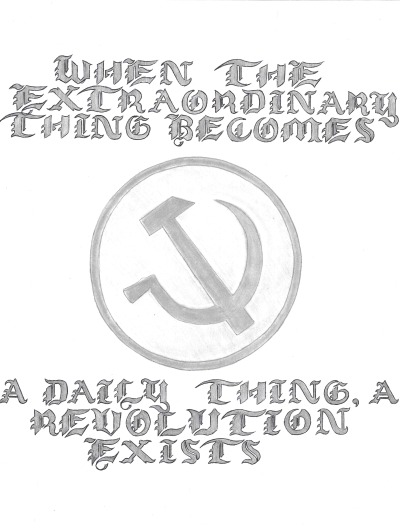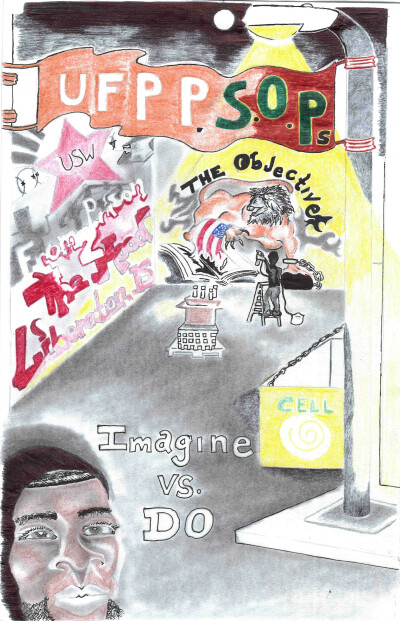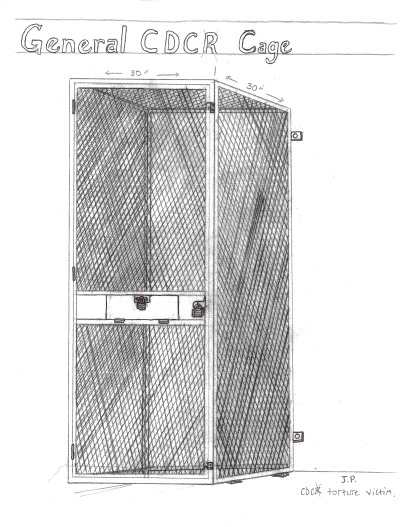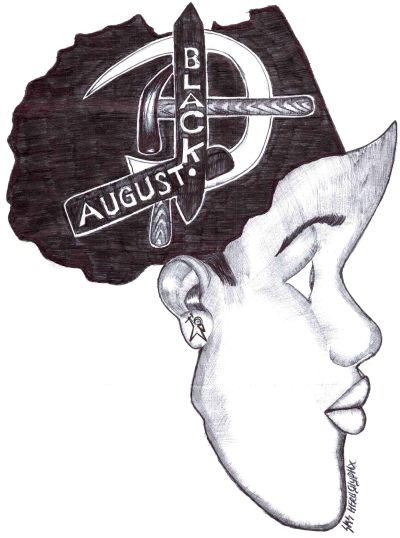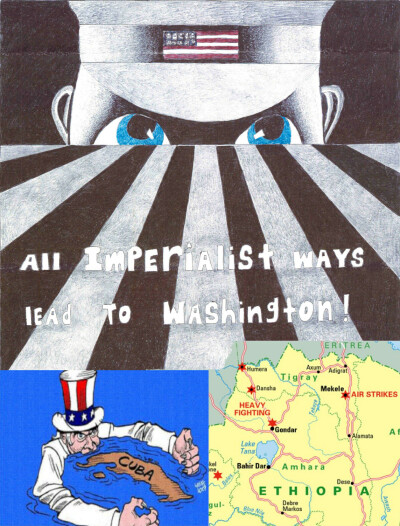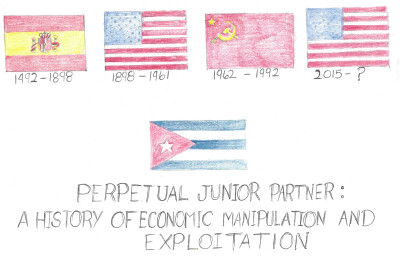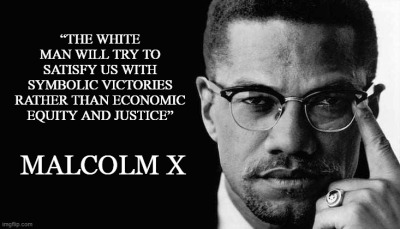
Review: Imperialism in the Twenty-First Century by John Smith
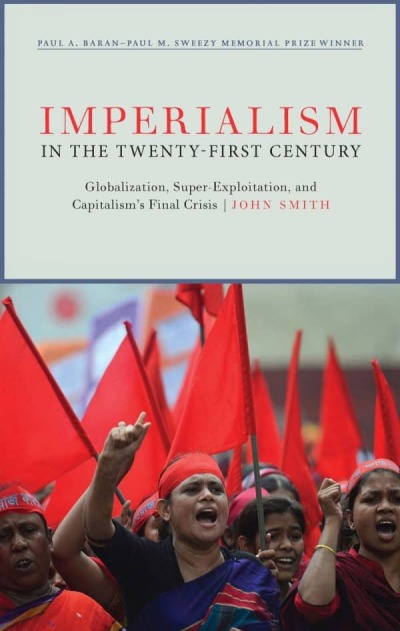
by John Smith
Monthly Review Press
2016
[Editor: The author of this review uses “southern countries” to refer to what we would call the Third World, exploited or neo-colonial countries, and “northern countries” to refer to the imperialist, First World, exploiter countries.]
The dominant trend in capitalism for the last forty or so years has been the relocation of production from northern to southern countries, where the vast majority of the global industrial workforce lives. It’s impossible to ignore the offshore origin of most of the commodities we interact with in the U.S. every day, and equally impossible to ignore the wretched conditions and dramatically lower wages that most of these southern workers deal with. What this means for the present structure and future of the global economy is less clear, and that’s where this book comes in.
There’s a lot in this book I won’t talk about that was nonetheless very interesting – Smith’s discussion of GDP and productivity measurements, his history of Marxist thinking on imperialism, and his in-depth discussion of the production of a wide range of specific commodities.(1) I’ll just focus on his main contribution, the value theory of imperialism, in which he incorporates and expands on Marx’s discussion of surplus value and Lenin’s century-old understanding of imperialism.
Surplus in Marx’s Capital
Smith’s value theory of imperialism begins with value, which is the amount of labor required to produce a given commodity. A capitalist producing t-shirts wants to churn out the largest amount of them in a working day, at the highest possible intensity of work, and with the latest technology. Out of the sale of the t-shirts he buys equipment, raw materials, and pays wages. These wages are the monetary expression of labor power, or what a worker is paid to show up at a specific time and place and put their energies and abilities at the disposal of the capitalist. In return, the worker can use the wage they get to buy a basket of goods to keep themselves alive til the next day. The amount of labor that goes into the production of this basket the worker needs can be called the value of labor-power itself, which under capitalism is a commodity just like clothing, pickups or rifles. The pile of shirts the capitalist gets to sell at the end of the day can be sold for more money than the wages he pays for the labor that produced it. To cut a long story short, Marx investigates this anomaly and discovers that there is a part of the day where workers produce enough commodities to pay for their wages, and a part of the day where the labor they expend creates commodities that just make the capitalist money. The labor that happens in this second part of the day is surplus labor, and the value of the commodities produced at this time is surplus value. This magically free labor is the beating heart of capitalism, and its pursuit and distribution are the core of all capitalist economic phenomena.
Marx discussed two main ways that capitalists in the 19th century would attempt to grab more surplus value.(2) The first he called ‘absolute surplus value,’ and it consists of extending the working day by either making workers work harder for the time they’re at work, or making them work for longer at the same or similar wages. The second path to more surplus is making the value of labor power (or the amount of labor it takes to create enough goods for a worker to survive) less. Marx called this second form ‘relative surplus value’.
Smith takes this basic account and expands it to an era Marx didn’t live to see and couldn’t have predicted – the transformation of the labor-capital relationship into a relationship mostly between northern capital and southern labor.(3)
North-South relations in Lenin’s Imperialism
Lenin’s book Imperialism: The Highest Stage of Capitalism describes a world divided into oppressor and oppressed nations, the competition of monopolies, and the trends inherent in capitalist development of this era that lead to ever more destructive bouts of violence. The need for more surplus and more profits drives capitalist firms beyond the confines of their home market, to seize and exploit foreign ones. Competition gives way to centralization and large monopolies, and the increasing integration of these monopolistic interests into the state makes war over colonies and their resources more and more likely. At home, the super-profits obtained in the colonies create a labor aristocracy, the size and influence of which has been debated basically for the entire hundred years since Lenin’s book first appeared.
Smith identifies a weakness in Lenin’s work, mainly that he doesn’t discuss or use value as a concept to explain imperialism.(4) The thing Smith attempts, after several chapters of setting up the data on the existence and persistence of wage differentials and trade relationships between northern firms and southern labor, is a synthesis and update of Marx and Lenin’s contributions.
Synthesis
Smith’s point is that the outsourcing of production has allowed capitalist firms to conduct what he calls ‘labor arbitrage,’ or buying labor power where it is cheap and selling the commodities produced where they can be sold dear. Thanks to innovations in shipping and communications technology, firms can seek out the cheapest labor and the most favorable environmental and labor laws (ideally, they want no environmental or labor laws) to churn out the most surplus value possible. This has driven the wage down below the value of labor power – workers in many countries are not paid enough to survive and have to make a living through wage-labor in capitalist factories plus something else, like subsistence farming or stealing. This is an extreme form of the relative surplus value extraction method that Marx discussed, or what has also been called superexploitation.
Additionally, the relationship between companies like Foxconn (which actually makes the iPhone) and companies like Apple (who first create a design that breaks in three years, then contract the production out and stamp a logo on it for 300% markup), or ‘arms-length outsourcing’(5), hides the exploitation and transfer of value from one country to another behind an apparently innocent market transaction. The vast majority of the profits, taxes and tariffs from offshored production end up not in the country where the commodity was produced, but in the country where the final seller of the commodity is headquartered. This is how Germany, a country that cannot produce coffee, makes dramatically more from its re-export than any country where it is actually grown.(6) Marx hints that this phenomenon, called ‘value capture,’ could exist theoretically, but Smith demonstrates that it is at the core of relationships between countries in today’s economy. There is also a lengthy discussion of ‘value chains’ or sequential input-output relationships conducted between firms that leads to the final commodity. A Zambian copper mine sells to a wire factory, which sells to a company that makes circuit boards, which sells to a car company who uses the circuit board to run an automatic transmission in a hundred thousand dollar pickup. The conditions of work and the selling price dramatically swell along the chain, to the point where the worker watching a robot bolt the circuit board into place makes more in an hour than the copper miner made in a month. But all labor really is equal. It’s not like swinging a pickaxe is an entirely different movement in Zambia or America. And it’s not like the people doing the swinging are any different either.
The Political Economy of Coffee
Smith provides a lot of concrete examples of how these exploitative relations between nations lead to permanent conditions of underdevelopment in southern countries, and vast profits in northern ones. Maybe the most stark of these examples is his discussion of coffee from the early part of the book. Coffee is only grown in southern countries, and it is almost exclusively processed in northern countries, where the markups can exceed four hundred percent. Wages paid in the coffee-processing sector, taxes from this business and tariffs on imports, all contribute to the northern economy in question (Germany, perversely for a country that can never grow coffee except in a greenhouse, is the biggest exporter of processed coffee) and rely on southern countries furnishing the raw material at a reliably low price, a price that ends up being a tiny fraction of the cost of the final product. In this case it’s clear not only how unequal the exchange is, but also how the entire chain of production in the northern country relies on the exploitation of other workers. Another writer on this subject, Zak Cope, estimates that the total transfer owing to this process of hyper-exploitation, markup and re-export, across all commodities, amounts to sixteen percent of GDP in northern countries every year.
What makes these conditions permanent is the persistently low price of the export for the country where the coffee is grown, which will not allow it to develop or move up the ladder to more capital-intensive forms of production that might be safer on the global market. An additional factor is politics, and the careful policing of the ability of southern countries to raise wages, enforce their own labor laws, hold northern firms to account when they commit crimes(7), and raise the price of their exports. In the case of Rwanda (a major coffee producer) in the early 90s, the political destabilization and genocide that occurred in the country was partially the result of the collapse of an international coffee-exporting agreement that attempted to set a (low) floor on the price of the commodity and provide some stability and guaranteed income for countries who rely on its export. Northern countries oppose any agreement that would make their inputs cost more, or make their value-chains dependent on cheap labor any more expensive. They can be more or less effective at ensuring this, in cooperation with the comprador bourgeoisie. A particularly galling example of this, from the textile sector, unfolded in Haiti in 2009 over the raising of the minimum wage of 31 cents an hour, which president Rene Preval eventually backed away from, after opposition from the U.S. Embassy and local factory owners.(8)
Whose fight, and who’s fighting?
What Smith doesn’t do is discuss the immediate political consequences of all this for us. On the last page of the book he says “together with their sisters and brothers in the imperialist countries, [southern] workers have the capacity, the mission and the destiny to dig a grave in which to bury capitalism.”(9) It’s a little too convenient, and maybe in the future he can discuss the history of this elusive internationalism. Whether workers in northern countries fight actively or consciously for this super-exploitation to continue, whether and to what exact extent different groups of workers in northern countries benefit from this arrangement of production, whether workers of the world can unite and what they could accomplish if they could, are all questions Smith doesn’t answer. MIM would argue that workers in northern countries clearly benefit from imperialism, and seek those benefits in an alliance (an alliance that might have some rough spots now and then) with the bourgeoisie of their own countries, and are thus not a mass base for a revolutionary movement but instead a labor aristocracy. Changes to all of these relationships – between northern and southern countries, and between workers and their bosses, north and south – will drive changes in the political economy John Smith’s book goes a long way towards helping us understand.
See our glossary definition of superexploitation
Notes:
1. pp. 13-34
2. p. 237
3. p. 12
4.
pp. 225-230
5. p. 68
6. p. 31
7. It always helps when the
law in northern countries maintains a fictitious barrier between a
northern firm relying on exploitation and those they exploit. A recent
extreme example is the Supreme Court’s ruling that the slave labor of
children used in harvesting product for Nestle under conditions the
company controlled wasn’t technically the company’s fault. See:
https://www.cnbc.com/2021/06/17/supreme-court-rules-in-favor-of-nestle-in-child-slavery-case.html
8. Dan
Coughlin and Kim Ives, 1 June 2011, WikiLeaks Haiti: Let Them Live on $3
a Day, The Nation.
9. p. 315








